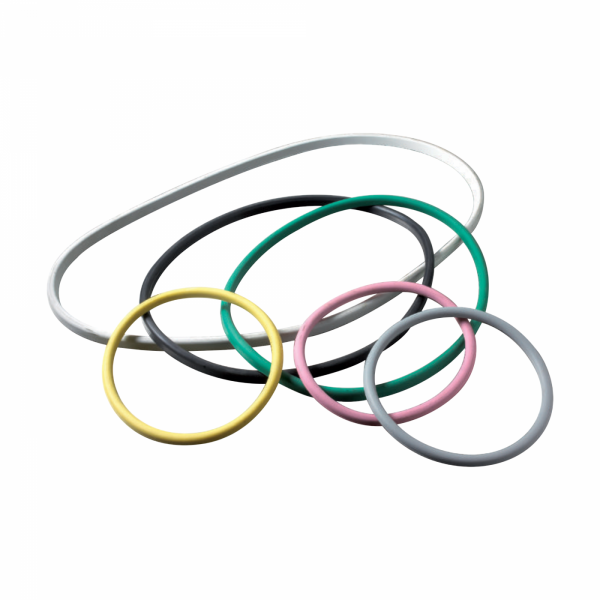
Manway gasket
Manway gaskets
Manway gaskets - basic information
The main task of the stainless steel manway gasket is to ensure tightness between the closed manway cover and its frame (flange). As a result, when the manway is closed, the contents of the tank do not escape and external factors do not penetrate the tank. A wide range of gaskets with a variety of performance characteristics and profiles (rectangle, o-ring, lip seals and others) are used to accomplish this task.
Gaskets are installed in stainless steel manways:
- on the edge of the frame,
- directly in the cover.
Manway gasket materials
High-quality plastics are used in the production of gaskets. The most common materials are such as:
- EPDM,
- silicone,
- Viton (FPM/FKM),
- neoprene,
- NBR,
- PTFE.
Elastomers intended for direct contact with food additionally meet strict hygienic requirements. Moreover, this is confirmed by a certificate issued by the FDA or relevant EU institutions.
Another interesting solution found in some manway models are hybrid gaskets. The core and outer coating of such a gasket are formed from materials with different properties. An example of such a product is FEP-silicone gaskets, where the silicone core is coated with a layer of FEP. This solution makes it possible to combine chemical resistance and high-temperature resistance in a single gasket, thus expanding the potential area of use of stainless manways.
Selecting a manway gasket
We supply a wide range of gaskets designed for all models of manways in our offer. In order to maximize the process of selecting and pricing the right gasket, we need to have the right set of information. Therefore, please include the following data in your inquiry:
- manway type and dimension as indicated on the product pages,
- gasket material,
- quantity expected to be ordered in one batch.
Approximate application temperature ranges for gaskets made of certain elastomers.
| Gasket material | Application temperature range |
|---|---|
| EPDM | -20°C / +130°C |
| Silicone | -50°C / +200°C |
| FEP-Silicone | -50°C / +200°C |
| Silicone (high temperature) | -50°C / +250°C |
| Silicone (pharma) | -50°C / +200°C |
| NBR (nitrile) | -20°C / +110°C |
| Neoprene | -20°C / +90°C |
| PTFE | -40°C / +180°C |
| Viton (FPM/FKM) | -10°C / +200°C |
| Natural rubber | -40°C / +70°C |